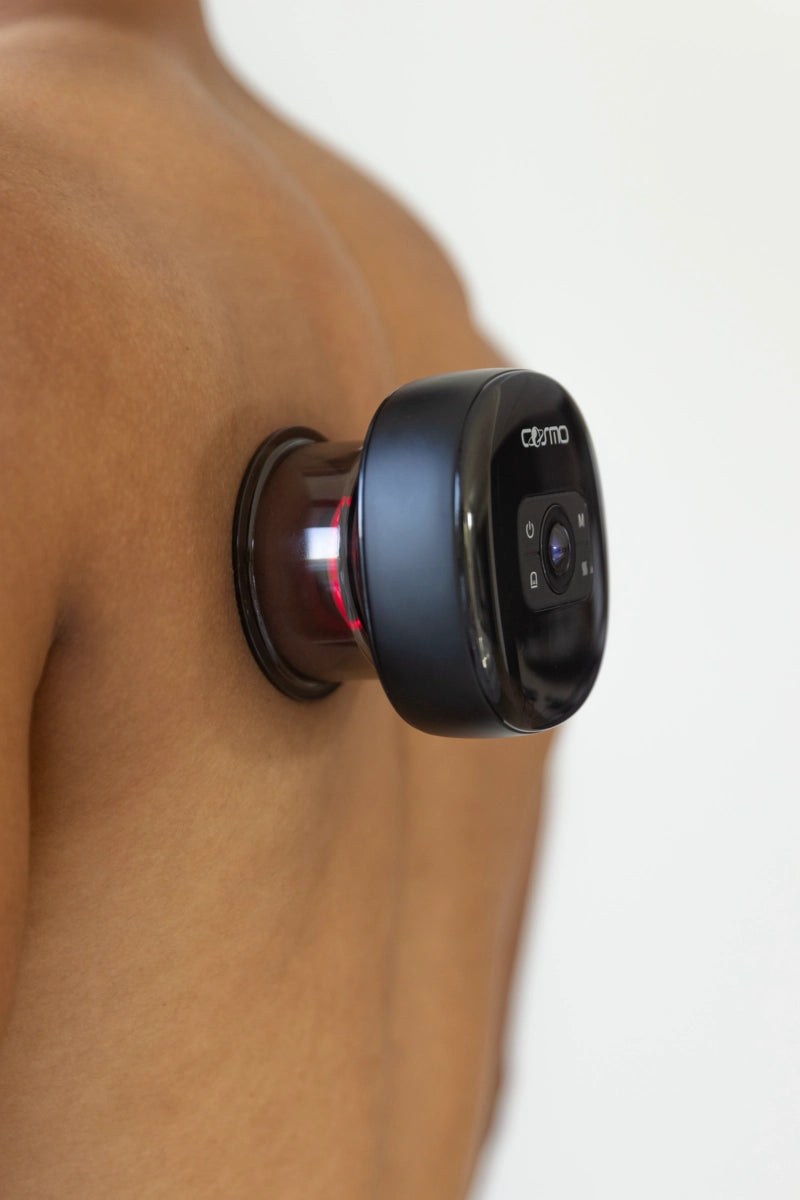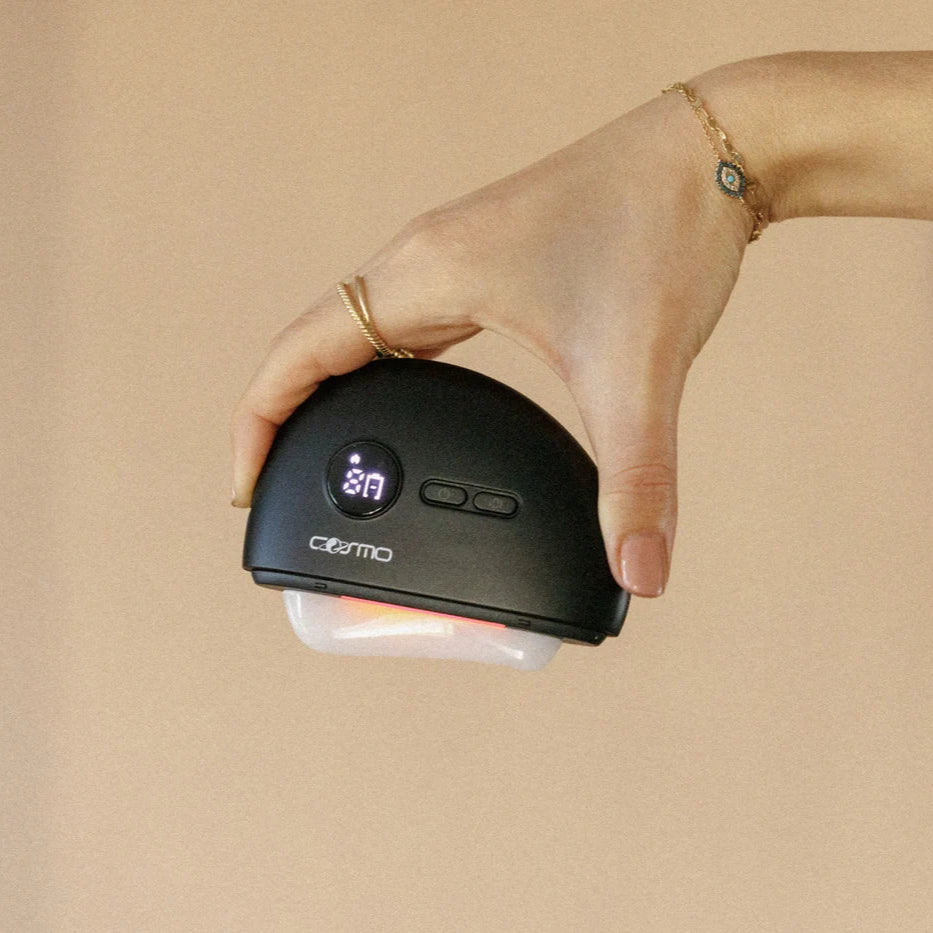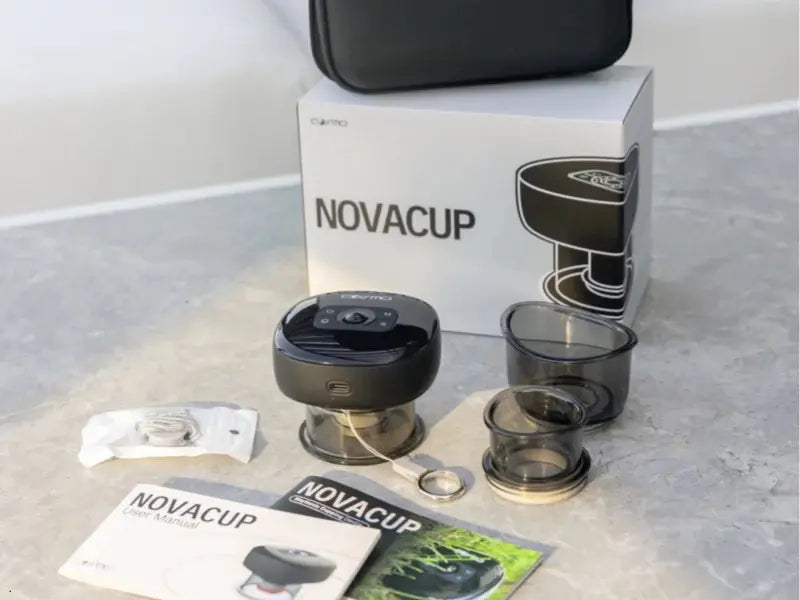Cupping therapy is an ancient healing practice that has surged in popularity among athletes and fitness enthusiasts in recent years. You may have seen those telltale circular marks on Olympians or other athletes and wondered how exactly this therapy helps the body. Whether someone is using cupping for pain relief or for post-exercise rehabilitation, the goal is the same: to stimulate the body’s natural healing processes and speed up muscle recovery. Cupping promotes healing and has been used extensively for sore muscles. But is there science behind the hype?

What is Cupping Therapy?
This is an ancient technique, rooted in Traditional Chinese Medicine and other cultures, that involves placing cups on the skin and creating a vacuum suction. Traditionally, this was done by heating the air inside a glass or bamboo cup (fire cupping) or using a hand pump. Modern practitioners often use plastic cups with valves to suction the air out. The suction pulls on your skin and underlying tissue, drawing blood to the area. Dry cupping simply uses suction on intact skin, while wet cupping involves slight skin incisions to remove a small amount of blood. The hallmark reddish-purple “cup marks” are caused by tiny broken capillaries under the skin and typically fade within a week or two.
Cupping for muscles is usually done on large muscle groups that are tight, sore, or fatigued. A therapist places several cups on the target area for a few minutes or may glide them around in a massage-like fashion. Unlike a traditional massage that applies downward pressure, cupping uses negative pressure to lift tissues upward. Many massage and physical therapists now incorporate cupping into sports recovery massage sessions to complement deep tissue work, using it as another tool to help relax muscle knots and improve circulation. Celebrities and athletes have popularized this therapy. The sight of an Olympic swimmer’s cupping marks sparked widespread interest in sports cupping therapy. The underlying idea is that by creating suction on the skin, cupping can relieve muscle tension, reduce pain, and accelerate healing in the treated areas.
Benefits of Cupping Therapy for Muscle Recovery
Why do people turn to cupping after strenuous workouts or injuries? The benefits of cupping therapy for muscle recovery are numerous. Athletes often report that cupping helps them bounce back faster from intense training sessions by alleviating soreness and improving flexibility. Many people who have had cupping therapy report that it:
-
Reduces pain and inflammation in the muscles.
-
Decreases muscle tightness and knots.
-
Improves blood flow to speed healing.
-
Increases range of motion in joints and muscles
By relieving pain and loosening tight areas, cupping can make the recovery process more comfortable, allowing for quicker return to exercise. It’s important to note that cupping is typically used as a complementary therapy. In sports medicine, it’s often part of a larger recovery plan that includes proper rest, hydration, nutrition, stretching, and perhaps other therapies such as massage or compression. Think of cupping as another tool in the toolkit for muscle recovery for athletes. It addresses soft-tissue restrictions and circulatory factors, whereas other modalities address different aspects of recovery.
How Cupping Works: Key Mechanisms for Recovery
Physiologically, cupping therapy supports muscle recovery through several key mechanisms. Understanding myofascial release is central to how cupping works. Myofascial tissues are the thin connective tissue layers (fascia) surrounding and between muscles. Through injury or overuse, fascia can become tight or stuck, limiting mobility and causing pain. Cupping acts as a form of myofascial release by mechanically lifting and separating these fascial layers. By applying negative pressure, cupping decreases fascial adhesions or “densification,” allowing muscles and fascia to glide more freely. This leads to better flexibility and less stiffness in the muscles and joints.
Another major effect of cupping is increased circulation. The suction draws blood into the treated area, which enhances microcirculation in the muscles and skin under the cup. Fresh blood brings oxygen and nutrients that help repair tissues, while also carrying away cellular waste and inflammatory substances. Cupping essentially produces a controlled local inflammation, which triggers the body’s healing response. The improved blood flow supports muscle recovery by reducing ischemia in tight or injured areas.

Cupping also stimulates the lymphatic system. Along with blood, lymph fluid circulation is increased by the suction. This helps drain excess fluid and metabolites that build up in muscles after intense activity. By clearing out metabolic waste, cupping may reduce post-exercise muscle fatigue and soreness. This lymphatic drainage effect is akin to a “flushing” of the tissues, which can shorten the duration of swelling or DOMS (delayed onset muscle soreness). Lastly, cupping helps release muscle knots and trigger points. The suction can literally pull apart taut bands of muscle fiber or trigger points (hyperirritable spots in muscle) that are causing referred pain. This is why right after a cupping session, people commonly feel their muscles have “loosened up.”
Modern Cupping Therapy Tools and Innovations
Traditionally, cupping was done with simple tools: glass cups and fire to create suction, or basic hand pumps. Today, however, many modern cupping therapy tools make the technique more accessible and sometimes more effective. Silicone cups, for example, can be squeezed to create suction and are popular for self-cupping at home. These silicone versions allow for “sliding cupping,” which combines massage and cupping in one.
Even more high-tech are electronic cupping therapy devices that regulate suction levels and add extra therapeutic elements. One example is Cosmo’s NovaCup, a smart cupping device that combines rhythmic suction with heat, vibration, and red light therapy. By integrating heat, such devices help further relax muscles and increase blood flow, while vibration can provide a massage effect, and red light is intended to reduce inflammation and promote healing of tissues. These kinds of innovations blend traditional cupping with modern science, aiming to enhance the outcomes of a session. With adjustable settings, an athlete can use a cupping therapy tool like this to target a sore area with a specific intensity and duration, getting a personalized recovery treatment.
The advantage of modern cupping devices is convenience and consistency. Athletes can use them as part of their regular recovery routine without needing a therapist every time. After a long run or a tough game, an athlete might apply an electronic cup device to their quads or calves for 10 minutes while resting at home. The device maintains steady suction and heat, providing a reliable treatment. Such self-administered cupping can complement other home recovery practices like foam rolling or stretching. Innovative companies like Cosmo have merged traditional wisdom with smart tech to make cupping therapy for sore muscles easier and perhaps more effective, bringing a clinic-style recovery modality into one’s living room.
When choosing a cupping tool or device, it’s important to follow instructions and start with shorter sessions to see how your body responds. Even with gadgets that make cupping simpler, the core principles remain: do not over-treat any one area, and ensure cups are placed on muscle areas. Modern tools often come with adjustable suction levels; beginners should start low and gradually increase as needed to find a therapeutic but comfortable level of suction.
Safety and Best Practices
Understanding what to expect before, during, and after treatment helps minimize discomfort and maximize healing effects. The following best practices highlight essential guidelines for those exploring cupping:
-
Understand the Marks and Reactions: The distinct red or purple circles that appear on the skin after cupping therapy are a natural and temporary part of the healing process. These marks result from the suction applied during treatment, which draws blood to the surface and stimulates microcirculation in the targeted area. This localized blood flow brings oxygen and nutrients that help repair muscle fibers, clear stagnation, and release built-up metabolic waste. Contrary to popular misconception, these marks are not bruises caused by trauma but rather signs of vascular activation and tissue rejuvenation. The discoloration can vary depending on skin tone, hydration levels, and the degree of tissue stagnation. Typically, the marks fade within three to ten days as the body processes the released byproducts through its lymphatic and circulatory systems. People with faster recovery responses may notice that each subsequent session produces lighter marks, a sign that their circulation and tissue health are improving. Slight tenderness or warmth in the treated areas is common and reflects the body’s adaptive response to the stimulation.
-
Hydrate and Support Recovery: After a cupping session, the body enters a subtle yet active recovery phase in which circulation, lymphatic flow, and tissue repair continue for hours beyond the actual treatment. The vacuum pressure used during cupping stimulates the skin, fascia, and muscles, prompting the release of trapped cellular waste, inflammatory byproducts, and excess fluids. Once mobilized, these substances enter the lymphatic system for elimination, a process that depends heavily on hydration. Drinking water before and after cupping supports this detoxification cycle by aiding kidney function and promoting the efficient flushing of metabolic waste. Herbal teas with mild detoxifying properties, such as ginger or chamomile, can further assist circulation and soothe post-session tenderness. As the body works to rebalance itself, warmth becomes equally essential. Applying a light covering or using a heating pad for a short period can help maintain vasodilation, allowing oxygen-rich blood to reach tissues more effectively. This encourages the healing process and prevents muscle stiffness after decompression. The skin may remain slightly flushed or sensitive as new blood nourishes the area, and this sensation typically fades within a few hours.
-
Know When to Avoid Cupping: While generally safe, cupping is not suitable for everyone. People with bleeding disorders, anemia, or those taking blood thinners should consult a healthcare provider first. Pregnant individuals should avoid cupping on the abdomen or lower back. Cupping should also never be performed on inflamed skin, open wounds, or infected areas. These precautions reduce the risk of excessive bruising or infection and ensure the therapy remains a supportive, non-invasive recovery tool for the right candidates.
-
Seek Professional Guidance: For beginners, professional supervision is key. Licensed acupuncturists, physical therapists, or trained massage practitioners can assess the most effective cupping style, whether stationary, sliding, or pulsed suction. Their expertise ensures balanced pressure and safe cup placement. As you gain familiarity, at-home devices can be used with care. Always remember that more suction doesn’t mean better results. The goal is controlled stimulation that encourages healing, not trauma, making professional instruction an invaluable foundation.
-
Listen to Your Body and Manage Expectations: Cupping is best viewed as one component of a broader wellness strategy. It may relieve tension and accelerate recovery, but it doesn’t replace medical care, rest, or rehabilitation. If post-session soreness feels excessive or symptoms worsen, stop and consult a healthcare professional. Balance is essential—cupping complements, rather than replaces, your body’s natural healing. Respecting its limits and responding to feedback ensures consistent, sustainable benefits from each session.
Cupping therapy rewards those who approach it with mindfulness and moderation. By staying hydrated, seeking expert guidance, and respecting personal limits, you can make cupping a safe, effective addition to your recovery and self-care routine.

Cupping therapy has transitioned from an age-old traditional remedy to a mainstream recovery method for modern athletes and active individuals. By improving circulation, releasing fascial restrictions, and alleviating pain, cupping can indeed help accelerate the muscle recovery process. It offers a unique approach compared to other therapies, literally providing a “lift” to tight tissues instead of compression. However, cupping is best viewed as one piece of the recovery puzzle. A complementary technique that works synergistically with proper training, nutrition, rest, and other therapies. The scientific evidence, while still evolving, points to tangible benefits such as reduced pain and faster recovery from muscle fatigue, especially within the first 24-48 hours after intense exercise. With minimal risks for most healthy people, it’s a modality worth considering if you’re looking to optimize your cupping therapy recovery regimen. The question of how cupping accelerates muscle recovery comes down to helping the body do what it naturally does, only faster and more efficiently. By boosting blood flow, easing tension, and engaging the body’s healing mechanisms, cupping provides a gentle nudge toward recovery.
Sources
-
Harvard Health Publishing – What exactly is cupping? (July 29, 2024) health.harvard.edu
-
Cleveland Clinic – Cupping Therapy: Definition, Types & Benefits my.clevelandclinic.org
-
Medbridge – The Science of Fascia: How Cupping Therapy Enhances Mobility and Reduces Pain medbridge.com
-
Hou et al., 2021 – Immediate and Delayed Effects of Cupping Therapy on Reducing Neuromuscular Fatigue pubmed.ncbi.nlm.nih.gov
-
Mohamed et al., 2023 – Evidence-based analysis of cupping therapy in sports rehabilitation pubmed.ncbi.nlm.nih.gov












